Search
Remove Ads
Advertisement
Summary 
Loading AI-generated summary based on World History Encyclopedia articles ...
Search Results
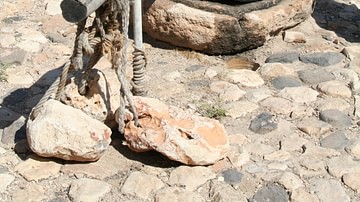
Definition
Ancient Israelite Technology
Technology enabled ancient Israel, the Northern Kingdom excluding Judah, to be economically prosperous and establish itself as a major political power as early as the 10th century BCE, steadily growing until its destruction in 720 BCE. Some...
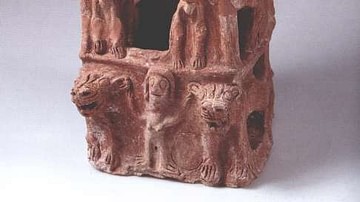
Definition
Ancient Israelite Art
Ancient Israelite art traditions are evident especially on stamps seals, ivories from Samaria, and carvings, each with motifs connecting it to more general artistic traditions throughout the Levant. Ancient Israel, and therefore its art...
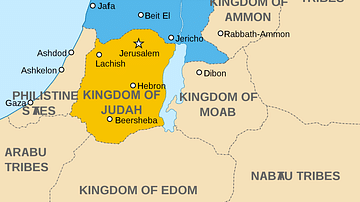
Article
Ancient Israelite & Judean Religion
As early as the 10th century BCE, Israelite and Judean religion began to emerge within the broader West Semitic culture, otherwise known as Canaanite culture. Between the 10th century and 7th centuries BCE, ancient Israelite and Judean religion...
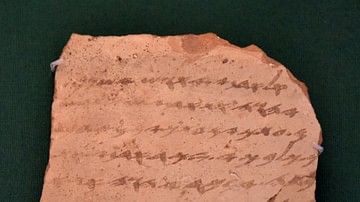
Definition
Ancient Judean Technology
Though the kingdom of Judah was not particularly notable in terms of technological developments, technology, nonetheless, played a central role in its rise as a political power in the region. Emerging in the 10th century BCE, it reached its...

Definition
Mesopotamian Science and Technology
Mesopotamian science and technology developed during the Uruk Period (4100-2900 BCE) and Early Dynastic Period (2900-1750 BCE) of the Sumerian culture of southern Mesopotamia. The foundation of future Mesopotamian advances in scientific/technological...
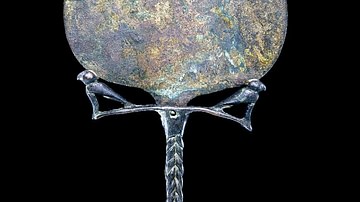
Article
Ancient Egyptian Science & Technology
The great temples and monuments of ancient Egypt continue to fascinate and amaze people in the modern day. The sheer size and scope of structures like the Great Pyramid at Giza or the Temple of Amun at Karnak or the Colossi of Memnon are...
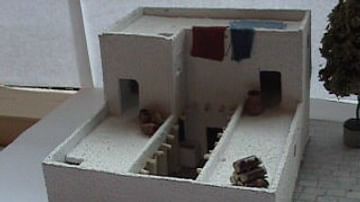
Article
Ethnicity & Identity Within the Four-Room House
The process of determining ethnicity is a problematic venture, even more so when interpreted through the archaeological record. Despite this issue, evidence, such as the four-room house, has been preserved that can be interpreted to represent...
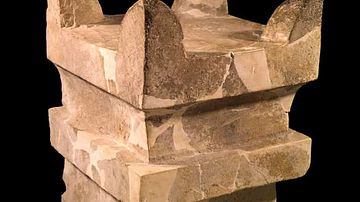
Image
Israelite Incense Altar
This object is a limestone incense altar. It was excavated from Megiddo and dates to the Iron Age II (9th Century BCE). It has a height of 54.5 cm (21.4 in), a width of 27 cm (10.6 in), and a length of 28.5 cm (11.2 in). (The Israel Museum...
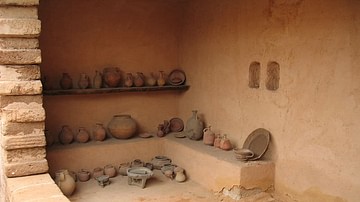
Image
Reconstructed Israelite House
Reconstructed Israelite House, 10th-7th cent BCE, Eretz Israel Museum, Tel Aviv, Israel
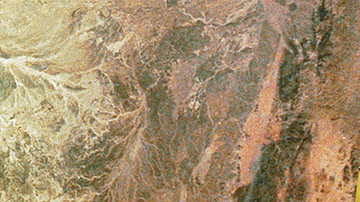
Definition
Palestine
Palestine in the ancient world was part of the region known as Canaan where the Kingdoms of Israel and Judah were located. The term `Palestine' was originally a designation of an area of land in southern Canaan which the people known as the...